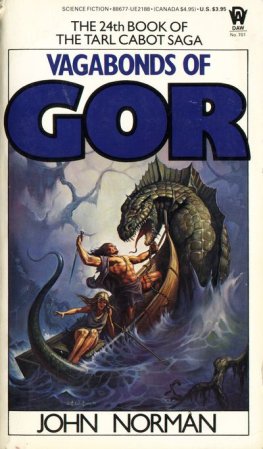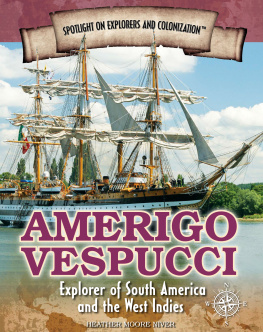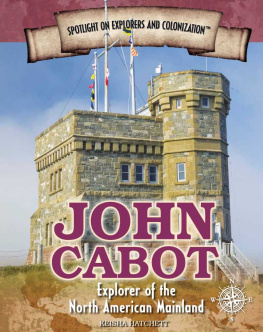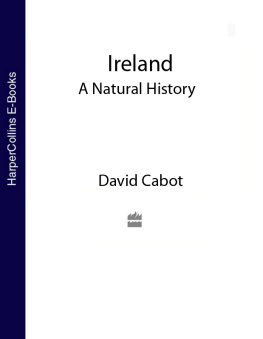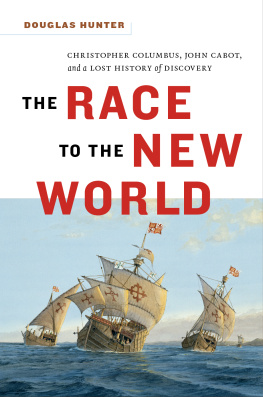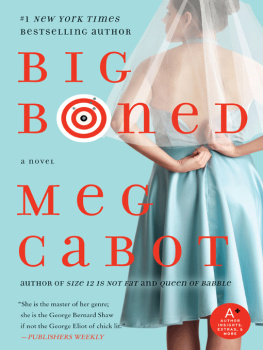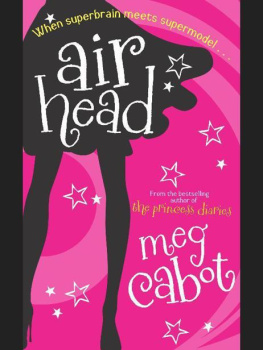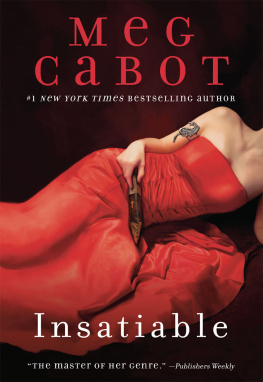Troubadours Song:The Capture and Ransom of Richard the Lionheart
TOWARD THE
SETTING SUN
Columbus, Cabot, Vespucci,
and the Race for America
DAVID BOYLE

Copyright 2008 by David Boyle
All rights reserved. No part of this book may be used or reproduced in any manner
whatsoever without written permission from the publisher except in the case of brief
quotations embodied in critical articles or reviews. For information address Walker &
Company, 175 Fifth Avenue, New York, New York 10010.
Published by Walker Publishing Company, Inc., New York
LIBRARY OF CONGRESS CATALOGING-IN-PUBLICATION DATA
Boyle, David, 1958
Toward the setting sun : Columbus, Cabot, Vespucci, and the race for America / David
Boyle.1st U.S. ed.
p. cm.
Includes bibliographical references and index.
ISBN-13: 978-0-8027-1651-4 (alk. paper)
1. AmericaDiscovery and explorationEuropean. 2. Columbus, Chirstopher. 3.
Vespucci, Amerigo, 14511512. 4. Cabot, John, d. 1498? 5. Explorers AmericaHistory.
6. ExplorersAmericaBiography. 7. ExplorersEurope History. 8. ExplorersEurope
Biography. I. Title.
First published in the U.S. by Walker Publishing Company in 2008
This e-book edition published in 2011
E-book ISBN: 978-0-8027-7978-6
Visit Walker & Companys Web site at www.walkerbooks.com
For my father
CONTENTS
Heisa, heisa
vorsa, vorsa
wow, wow
one long draft
more might, more might
young blood, young blood
more mude, more mude
false flesh, false flesh
lie aback, lie aback
long swack, long swack
that, that, that, that
there, there, there, there
yellow hair, yellow hair
hips bare, hips bare
tell em all, tell em all
gallowsbirds all, gallowsbirds all
great and small, great and small
one an all, one an all
heist all, heist all.
English maritime hauling song sung by sailors in the mid-sixteenth century
One glass is gone
and now the second flows.
More shall run down
if my God wills it.
To my God let us pray
to give us a good voyage,
and, through his blessed mother our advocate,
protect us from the waterspout and storm.
The prayer told at sea by the most junior officer of the watch, as he turned the half-hour glass, which told the time on fifteenth- and sixteenth-century Spanish ships
We sawe birds of all colors, some carnation, some crimson, orange tawny, purple, greene, watched, and all other sorts, both simple and mixt.
SIR WALTER RALEIGH, Guiana, 1596
Lord, what a tangle of dangers are here for the wretched mariner! Rocks and eddies and overfalls and shooting tides; currents andhorrible great mists, vapours, malignant humours of the deep, mirages, false ground, where the anchor will not hold, and foul ground, where the anchor holds for ever, spills of wind off the irregular coast and monstrous gales coming out of the main west sea.
HILAIRE BELLOC, The Cruise of the Nona, in the Bristol Channel
That Venetian of ours who went with a small ship from Bristol to find new islands has come back and says he has discovered the mainland 700 leagues away, which is the country of the Grand Khan.
LORENZO PASQUALIGO, letter to his brother in Venice, August 23, 1497
O N AUGUST 6, 1497, nearly five years to the day since Christopher Columbus had first set sail for the New World, his Venetian rival, John Cabot, navigated his tiny ship Matthew back up the Avon River to the English port of Bristol. Then he rode at speed to London to give the king the news of his extraordinary discovery on the other side of the Atlantic. Columbus had failed, he said. Despite what the intelligentsia of Europe believed, Columbuss expeditions had actually lodged in some remote islands very far from the Chinese coast he claimed to have found. But Cabot claimed that his own expedition, one ship with a crew of less than twenty, had found the route to China in a very different place and that Bristol was set to be the new Venice and Alexandria, all rolled into one.
We know today, of course, that Cabot was right about Columbus but wrong about himself. We know that his pioneering 1497 voyage was not really a voyage of discovery. Other races and civilizations occupied the New Founde Land he had claimed. We also know, with the benefit of history, that the voyage led not to spice routes but to a staggering exploitation of the cod trade, repeated and pointless exploration for the mythical Northwest Passage for the next three centuries, and the English claim to North America.
What is less well known is that Cabots arrival in London, and his every move afterward, was being reported to Spain by agents of Columbus, who was then working closely with the first person to correctly interpret the geography of these adventures, Amerigo Vespucci, the man whose name would eventually grace the new continent that hardly anyone had yet imagined. Cabot knew them both, certainly by reputation, but where history has been quietif not silentuntil now is about how much his voyages were bound up with theirs.
All history involves leaps of imagination. The story of the race for America is no exception. In fact, the separate tales of Columbus, Cabot, and Vespucci have been almost unique in their susceptibility to bizarre theories, generation after generation, as critical maps or documents are alternately discredited and vindicated.
Was Columbus Jewish? Was Cabot from the Channel Islands? Was Vespucci a fraud? Were they all double agents? All these claims have been made by serious researchers within living memory, and the answer in each case is almost certainly no. But in recent decades, a broad consensus has begun to emerge about the basic facts and documents, thanks to painstaking research and vital new discoveries. Cabots debts, Vespuccis pretences, and Columbuss religious obsessions have only recently become clear, and the three pioneers begin to emerge not so much as explorers, but first and foremost as merchants. Their primary motivation may have been glory, but most of all, the enterprise they shared was about the prospect of astonishing profits.
The last few years have yielded quite unprecedented progress in our understanding of all three mendocumented evidence of Columbuss extraordinary cruelties to his followers, indications of the true achievements of Cabots mysterious final voyage, and insights into how Vespucci had reinvented his own story. All this new evidence has added to the consensus and provided us with more fully rounded pictures of each man. Taken together, it means that it is at last possible to end the artificial divisions, which have resulted because historians and nations have told their three stories independently. Their lives have always been separated by those whose self-appointed task it has been to fight their corner and discredit the work of their opponents.
The arguments have raged across the centuries. Americans have traditionally sidelined Vespuccia thiefthe pickle dealer at Seville, according to Emersonsaying that he stole Columbuss achievement by using his name Amerigo for their continent. Italians have pressed the claims of Vespucci, including his mythical first voyagewidely agreed to have been based on later forged documentsbecause of his apparent claim to have discovered the continent himself. The British have pressed the claims of Cabot on the grounds that the name Amerigo was part of a Roman Catholic plot to discredit a soon-to-be Protestant nations achievement.
It is time to string the story together as one narrative, not as three rival mythologies peddled by different nationalities, but as the single tale it originally wasof three young men born within a few years and a few hundred miles of each other, who struggled against indifference, fear, and bitter rivalry to be the first to cross the western ocean. And who by doing so ushered in the end of the medieval age.
Next page

